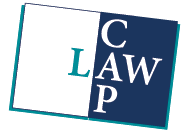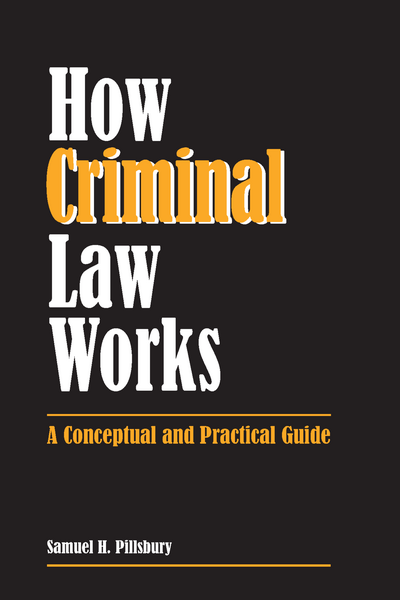How Criminal Law Works
A Conceptual and Practical Guide
2009
Tags: Criminal Law; Criminal Law; and Legal Issues
464 pp $56.00
ISBN 978-1-59460-631-1
eISBN 978-1-61163-479-2
How Criminal Law Works provides a conceptual guide to the law by introducing the reader to the special terminology, methods and traditions that inform criminal law. It pays special attention to the language of criminal law and its challenges. Designed to be highly readable, the book plainly defines all critical terms and makes no assumptions about prior knowledge of terms or concepts. The text features multiple examples setting out realistic situations which illustrate legal analysis.
The book also serves as a practical guide to law by relating the law as written to the realities of law as it is often applied. Sidebars supply related discussions of particular problems or practical dilemmas. From start to finish the author integrates criminal law theory, doctrine, and practice.
The book is divided into five parts: Basic Structure and Principles, Act and Mens Rea, Crimes of Violence (homicide and rape), Inchoate Liability (attempt, accomplice and conspiracy), and Defenses (insanity, self-defense, intoxication).
Students say:
"I especially liked the hypothetical problems that illustrated each point. These helped by giving me concrete situations to which I could apply the concepts."
"Many times better than any black letter commercial outline in teaching concepts and ideas. Also, it helps as a middle step between classroom work and outline preparation."
"The first thing that struck as incredibly helpful was the straightforward language."
"I honestly believe that it's a great supplement… It helped me a great deal in understanding the subject."
Editorial Reviews
"How Criminal Law Worksrepresents a lively and richly informative roadmap canvassing the principles, rules, and practice of substantive criminal law. As a companion to casebooks it promises untold 'aha!' moments of insight into the meaning and implications of judicial decisions, be they turgid and obtuse or concise and elegant. As a standalone text it is a goldmine combining legal doctrine, illustrative examples, and real-world application. As accessible as it is enlightening, it will offer students of criminal justice and law, as well as established scholars and practitioners, new understanding about the fundamentals of crime and punishment and their workings. It is an extraordinarily useful and evocative work."—
"A tour de force. On issue after issue, Pillsbury achieves clarity without sacrificing depth and sophistication. My students found the book engaging and extremely helpful."
—
Comp Copy If you are a professor teaching in this field you may request a complimentary copy.


